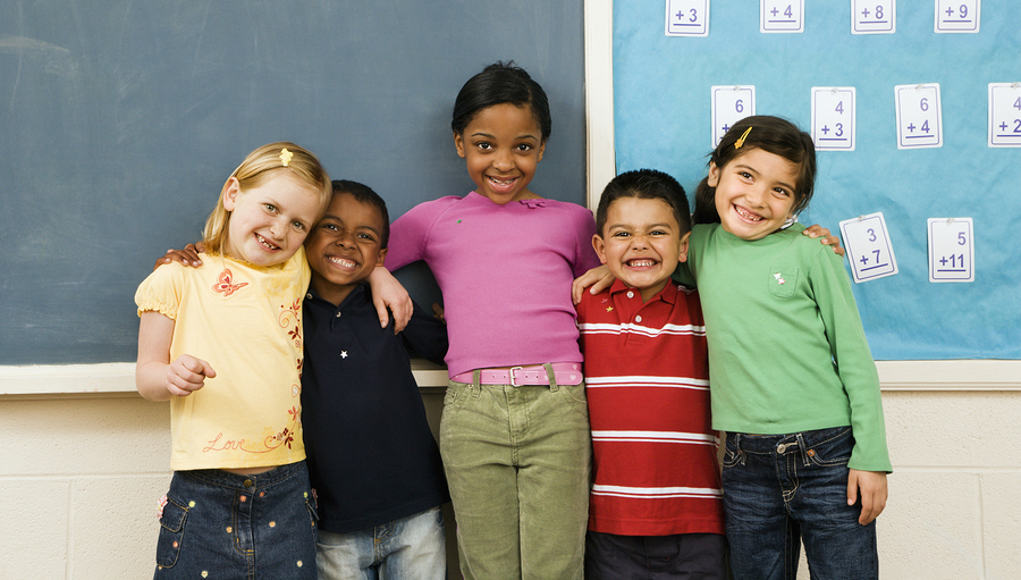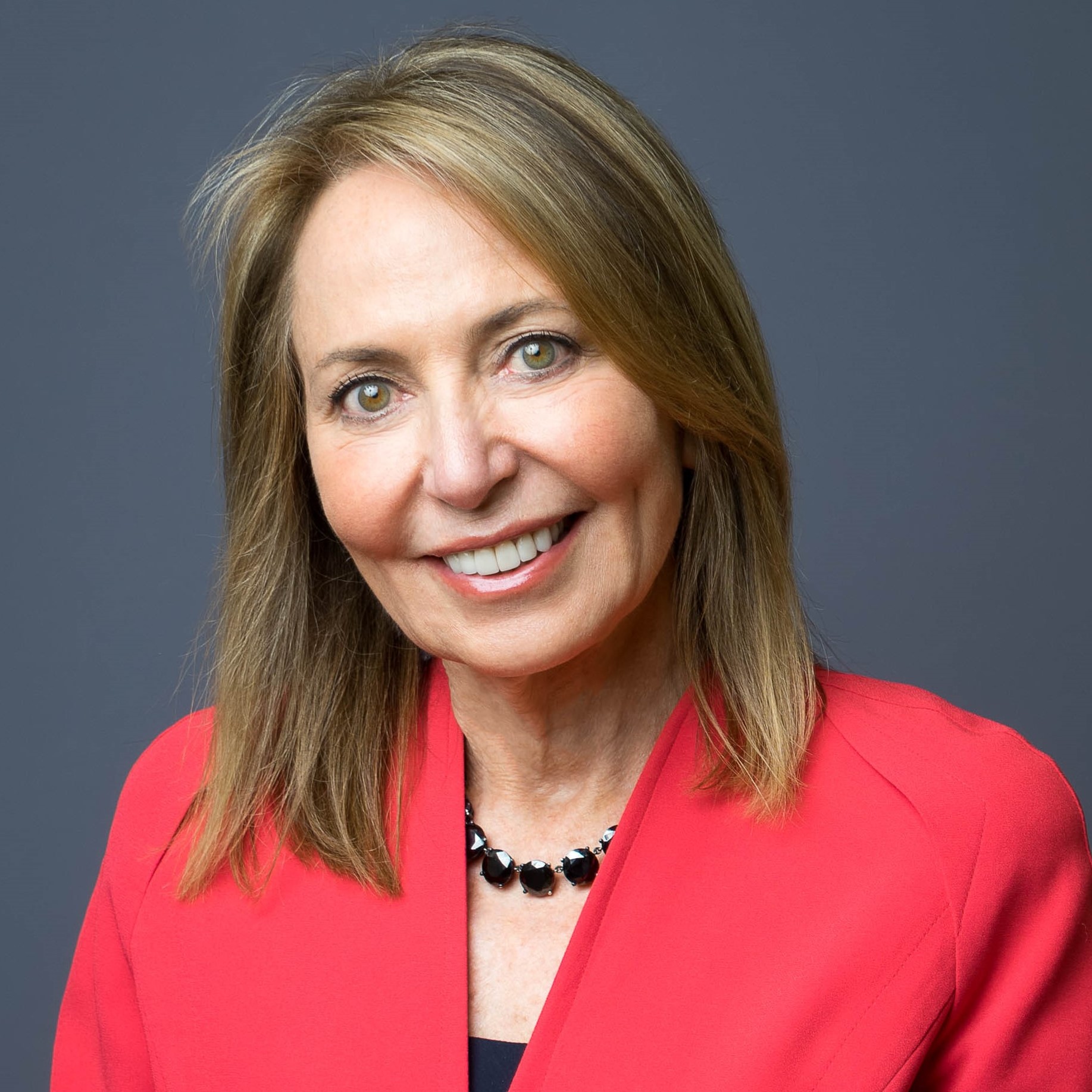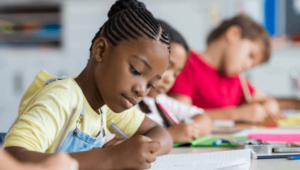Knowing Students Deeply is the Most Important Thing We Can Do

Think about who will be walking into America’s classrooms this school year.
There will be children who are happy, children who are anxious, children who are eager, and children who feel disconnected.
There will be young people who have experienced trauma, who have lost loved ones to Covid-19, and who have witnessed racialized violence over and over again.
Among them will be students who have not been inside a school building for a year and a half but have learned how to cook, repair the family car, tutor younger siblings, or play a jazz riff on the guitar.
We knew inequities existed in education, but the pandemic made the unfairness undeniable. Think of who had access to high-speed internet and quality instruction time and who didn’t? Whose schools opened their doors to students safely and whose couldn’t? Whose communities suffered the highest proportion of Covid-19 infections and deaths and whose did not?
The dominant narratives about “Covid learning loss,” trauma, and historic inequities are not lost on young people. They play to fears many of them have about their futures. Worse, they can become internalized as personal failure and damage. Labeling themselves this way can be harmful and runs counter to everything we know from developmental and learning science about human resilience and potential.
So how can schools be ready, really ready to welcome all of this, the good, the great, and the challenges they will soon see every day?
For starters, recognize that variation, individuality, and potential are the essential ingredients of human development. The approaches taken thus far to education have not fully challenged assumptions about learning—is it highly variable or does it fall into a bell curve? Intelligence – is it defined by our genes or does context drive their expression? Skills – are they malleable or fixed? Talent – is it plentiful or scarce? Or human potential – what might any child be capable of under the right conditions?
We need to stop offering menus of labels and interventions and instead conceive of a response that reflects a new, equitable purpose for education that is relationship-rich, holistic, rigorous, supportive, and profoundly engaging for students.
Imagine what it would mean if all the places where children are growing and learning were designed to meet each child, the whole child, where they are, and help each one develop to their fullest potential?
Developmental and learning science tell an optimistic story: children’s brains, bodies, and abilities are malleable to experience—because the human brain is a dynamic, living structure made up of tissue that is the most susceptible to change from experience of any tissue in the human body.
If we optimize the contexts for learning, we optimize the possibility that our young people will not only catch up and recover from the effects of this past year—we will have also made a down payment on the learning settings we need to build for our kids and their futures.
What happens from here depends on the things we decide to invest in. The message in the science is clear—we need a new design mapped to the way the brain learns and children grow.
A design that combines these 5 elements: positive developmental relationships; environments filled with safety and belonging; rich learning experiences and knowledge development; the intentional development of critical skills, habits and mindsets; and integrated student supports.
And here is the secret sauce: the development of a whole child emerges when we combine these elements into experiences that connect to one another – that are interdisciplinary and integrated. You can picture this as a web of experiences, because this is how our brains develop – lots of connections that happen between the structures of the brain, and these connections produce increasingly complex skills.
Our goals to prepare every young person for learning, work, and life may feel particularly daunting today. But they are not out of reach. Imagine setting an ambitious goal yourself– perhaps to run a great distance. A coach would likely give you a regimen to build aerobic capacity, endurance and confidence. When you reach that goal, after a high five, your trainer would help you set a new, more challenging goal. Practice builds progress and muscle. With more strength, your coach would guide you to take on still more challenges. As the distance and pace start to feel easier, you would want to run farther, faster because you believe that more success is possible.
You wouldn’t run that extra mile just because someone said, “you better catch up!” You would run it and many more because your curiosity, belief, desire, and energy have been ignited. Your coach primed the pump, lit your curiosity, reduced your cognitive load at first but increased it over time, calibrating the challenge, engineering productive struggle, giving you constructive feedback, helping you build muscles and stamina, and never letting you quit.
Thus far, large-scale efforts to improve opportunities for deeper learning have focused on interventions and programs that generate incremental change, and only for some children. What we need now is a transformational shift.
We all have a role in building this comprehensive, integrated web of environments, relationships, and experiences that will boost each child’s learning and healthy whole-child development. If well-designed and intentional, these webs can provide the foundation for the development of complex skills and competencies that ultimately reveal the talent, passions, and potential of each and every child.
To learn more about how you can apply the principles of whole-child design in any setting where children grow and learn, check out the Design Principles for Schools: Putting the Science of Learning and Development into Action.
For more, see:
- A New Vision for a New Administration: Whole-Child Development, Learning and Thriving
- From On Edge To On Track: Elements of Trauma Sensitive Schools
Stay in-the-know with innovations in learning by signing up for the weekly Smart Update.






Jordyn Queen
Every teacher needs to read this going into the school year. No child is the same! The best teachers not only educate their students but learn about them.